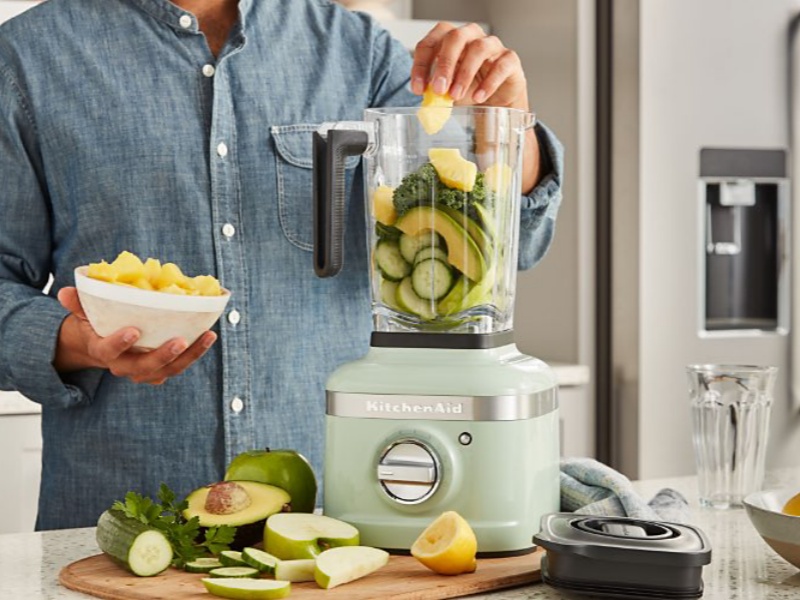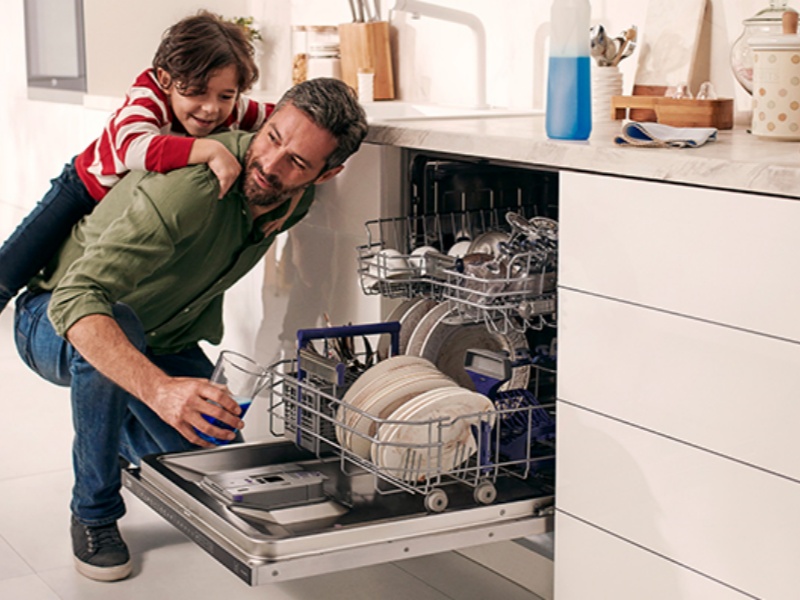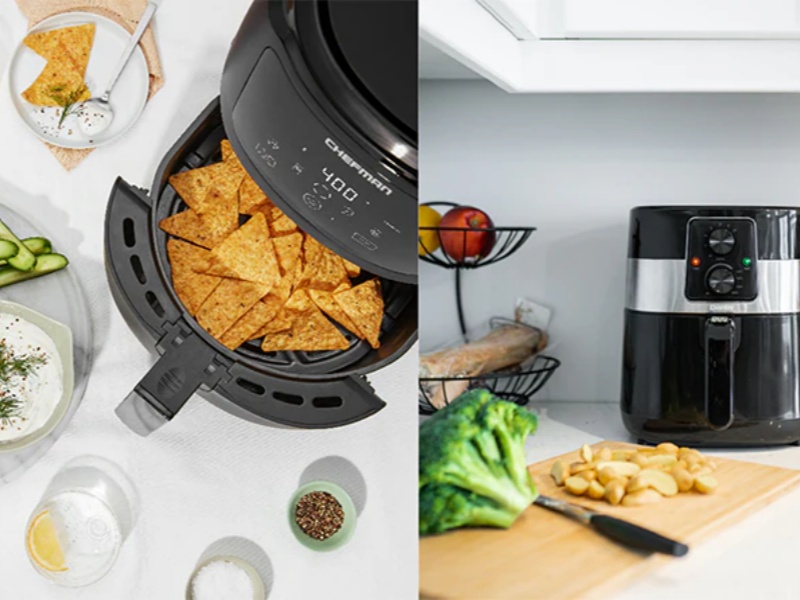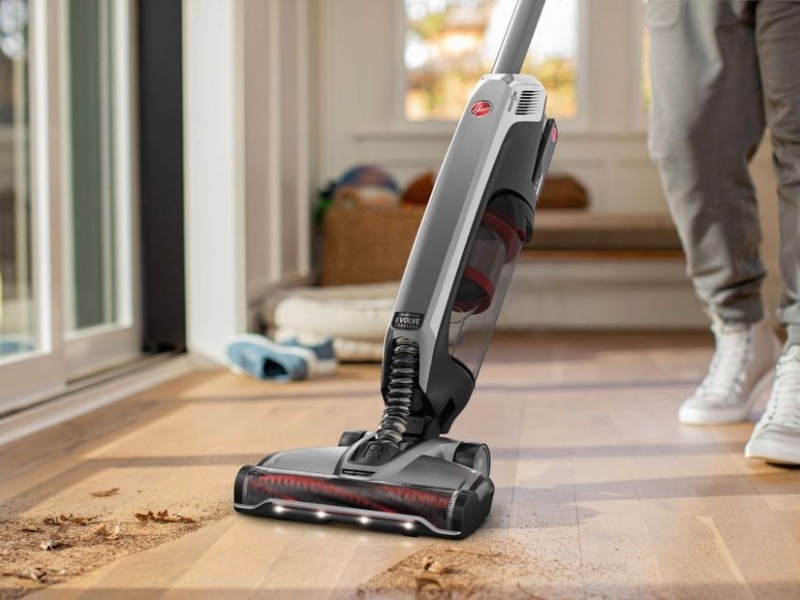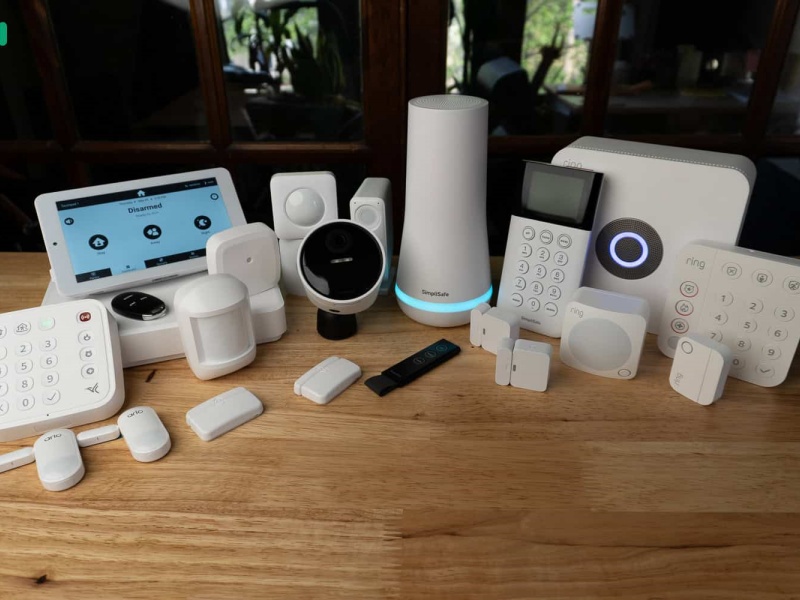Types of Blenders
Understanding the different types of blenders available is essential for making an informed choice:
– Countertop Blenders: These are the most common type, featuring a large pitcher and powerful motor. They are ideal for making smoothies, soups, and sauces, and can handle tough ingredients like ice and frozen fruits.
– Immersion Blenders: Also known as hand blenders, these compact devices are perfect for blending directly in pots or bowls. They are great for making purees, soups, and sauces without the need for transferring ingredients.
– Personal Blenders: Designed for single servings, personal blenders are compact and convenient. They typically come with travel cups, making them perfect for smoothies on the go.
– High-Performance Blenders: These blenders feature powerful motors and advanced technology, allowing them to blend, chop, and even heat ingredients. They are ideal for serious home cooks and those who frequently prepare nut butters or hot soups.

Key Features to Consider
When selecting a blender, consider the following features:
– Motor Power: A blender with at least 500 watts is ideal for most tasks. For tougher ingredients, such as ice or frozen fruits, look for a motor with 1000 watts or more.
– Blades: High-quality stainless steel blades are essential for effective blending. Some blenders come with specialized blades for specific tasks, like crushing ice or grinding nuts.
– Speed Settings: Multiple speed settings and pulse options provide greater control over the blending process, allowing you to achieve the desired consistency for various recipes.
– Ease of Cleaning: Look for blenders with dishwasher-safe parts or self-cleaning functions to simplify maintenance.
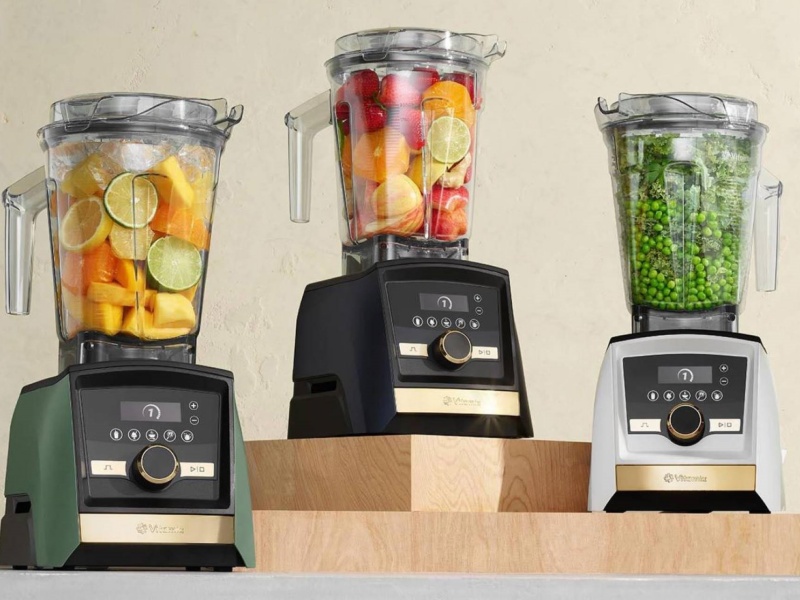
Tips for Using Your Blender
To get the most out of your blender, follow these tips:
1. Layer Ingredients Properly: When blending, place softer ingredients at the bottom and harder ones on top to ensure even blending.
2. Don’t Overfill: Avoid overfilling the pitcher to prevent spills and ensure optimal blending.
3. Use the Right Speed: Start with a lower speed for tougher ingredients and gradually increase to achieve the desired consistency.
4. Regular Maintenance: Clean your blender after each use to prevent residue buildup and maintain performance.
Conclusion
Investing in the right blender can elevate your cooking experience and simplify meal preparation. By understanding the different types of blenders, considering essential features, and following usage tips, you can select a blender that meets your specific needs. Embrace the versatility of this kitchen appliance and enjoy creating delicious and healthy meals with ease.

